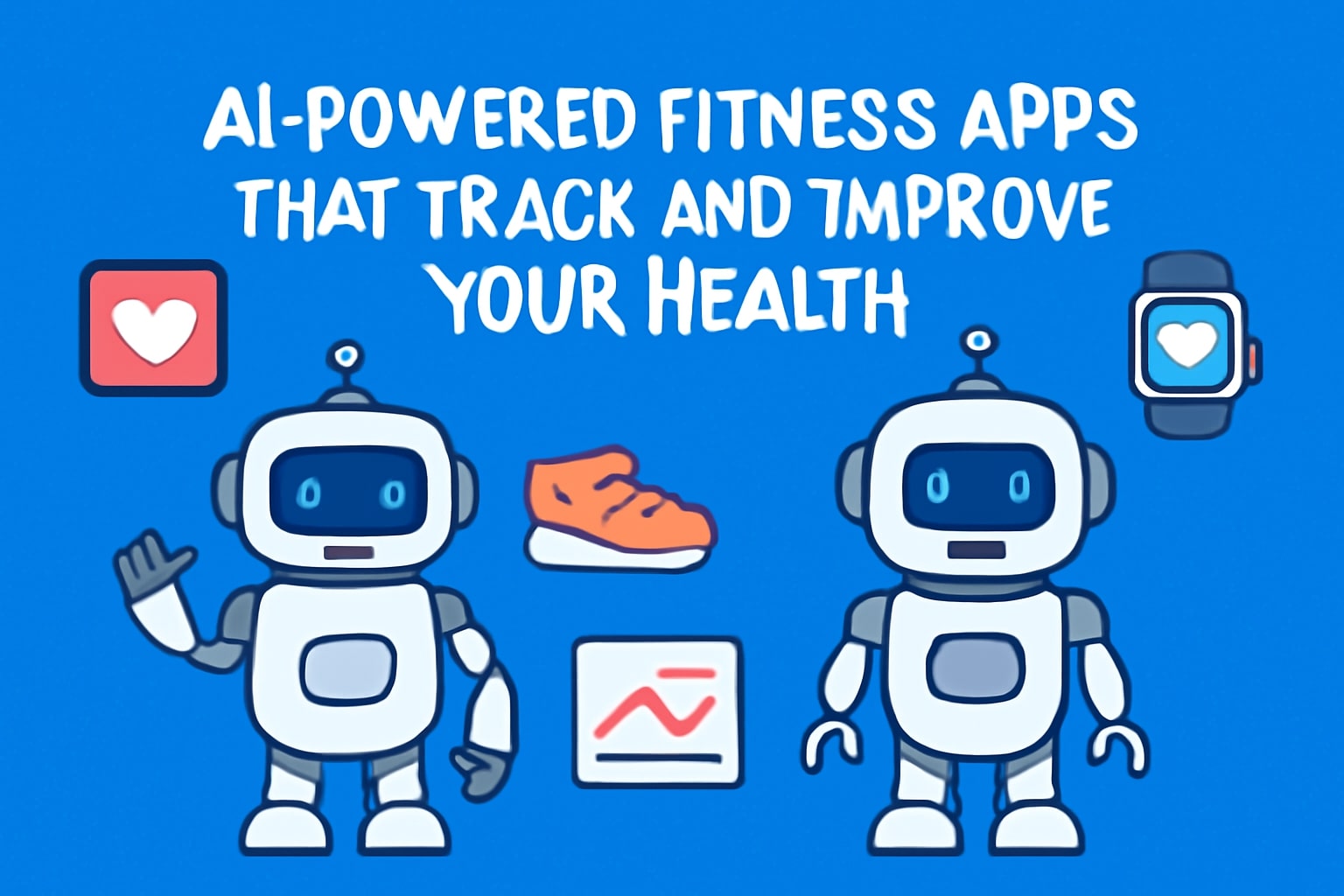AI in Fitness Apps 2025 is revolutionizing health and wellness. Instead of following generic workout programs, people now get personalized guidance that adapts to their goals, progress, and lifestyle. These apps act like a trainer, nutritionist, and coach all in one—right in your pocket. Here’s how Artificial Intelligence is changing the way we train, eat, and recover.
1. Personalized Workout Plans
How it works: You enter your goals—whether that’s weight loss, building muscle, or training for a race—along with your fitness level, equipment, and available time. The AI then creates a tailored workout plan. As you log results, the plan automatically adjusts to your performance and feedback.
Example Apps: Freeletics and Fitbod excel at building strength training routines that fit your equipment and prevent plateaus.
2. Form Correction and Real-Time Feedback
How it works: Using your phone’s camera or wearable devices, AI analyzes your movements during exercises such as squats, deadlifts, or yoga poses. It then provides instant audio and visual cues to improve form and reduce injury risk.
Example Apps: Zebra turns your phone into a virtual trainer, while NURVV Run uses smart insoles to improve stride, pace, and running form.
3. Nutrition and Meal Planning
How it works: AI takes into account your dietary preferences, restrictions, and goals to design personalized meal plans. Some apps even allow you to log food by simply snapping a photo of your meal, making nutrition tracking more convenient.
Example Apps: Lifesum and MyFitnessPal provide AI-driven food suggestions, while PlateJoy creates custom meal plans and grocery lists.
4. Recovery and Sleep Analysis
How it works: Wearables like the Whoop Strap and Oura Ring track your sleep, heart rate variability (HRV), and recovery. AI then provides a readiness score each day, telling you whether to push harder in training or prioritize rest.
5. Holistic Health Coaching
How it works: Advanced AI apps combine data from workouts, sleep, nutrition, and stress to provide a complete health picture. By connecting these factors, AI identifies patterns and gives personalized recommendations for long-term well-being.
Example App: Whoop links your workout strain to your recovery and sleep quality, optimizing both fitness and lifestyle habits.
6. Motivation and Habit Building
How it works: AI learns what drives you to stay consistent. It may send reminders at the right time, celebrate streaks, or encourage you after periods of inactivity. Over time, it builds healthier, more sustainable fitness habits.
The Future: Predictive Health
The next step for AI in Fitness Apps 2025 is predictive health. By analyzing long-term data on activity, sleep, and vital signs, AI could detect early warning signs of illness, stress, or overtraining. This proactive approach may even help prevent injuries and health issues before they appear.
AI-powered fitness moves beyond generic advice and brings personalized, data-driven health optimization. With tailored workouts, meal plans, recovery tracking, and motivation tools, these apps are empowering people to achieve fitness goals smarter and faster than ever.
